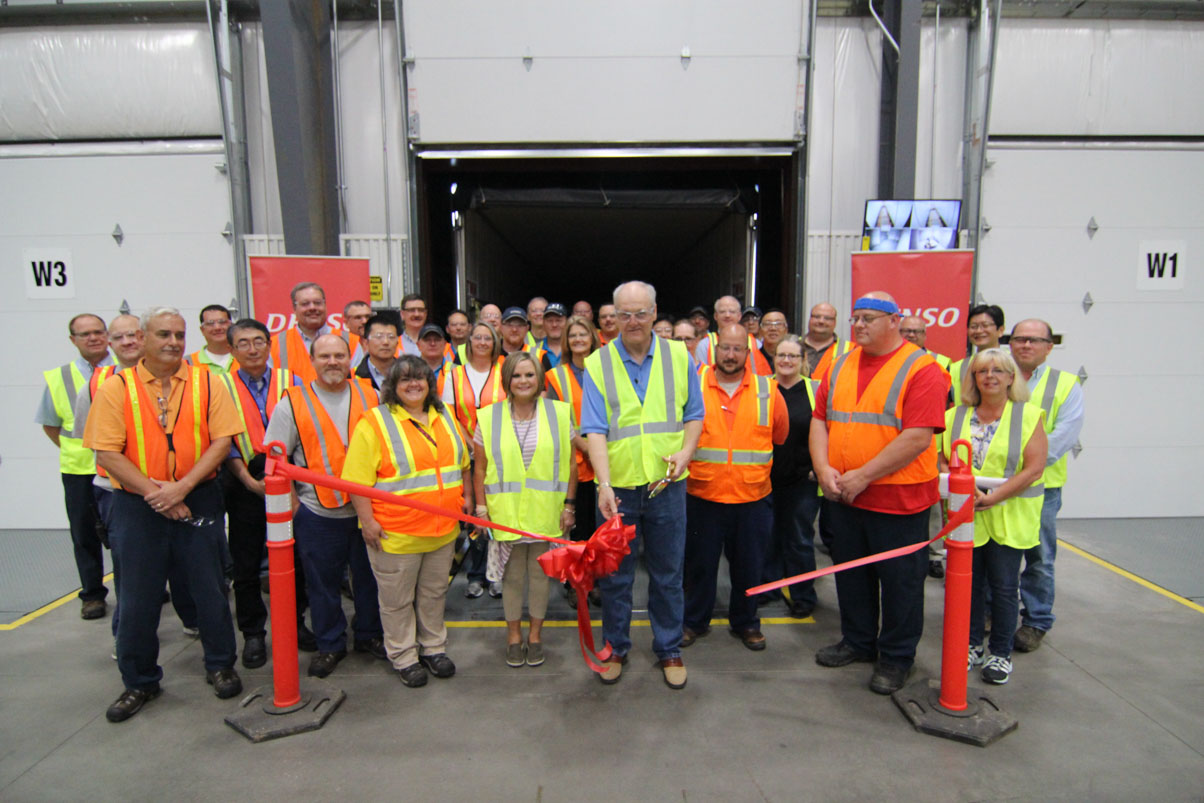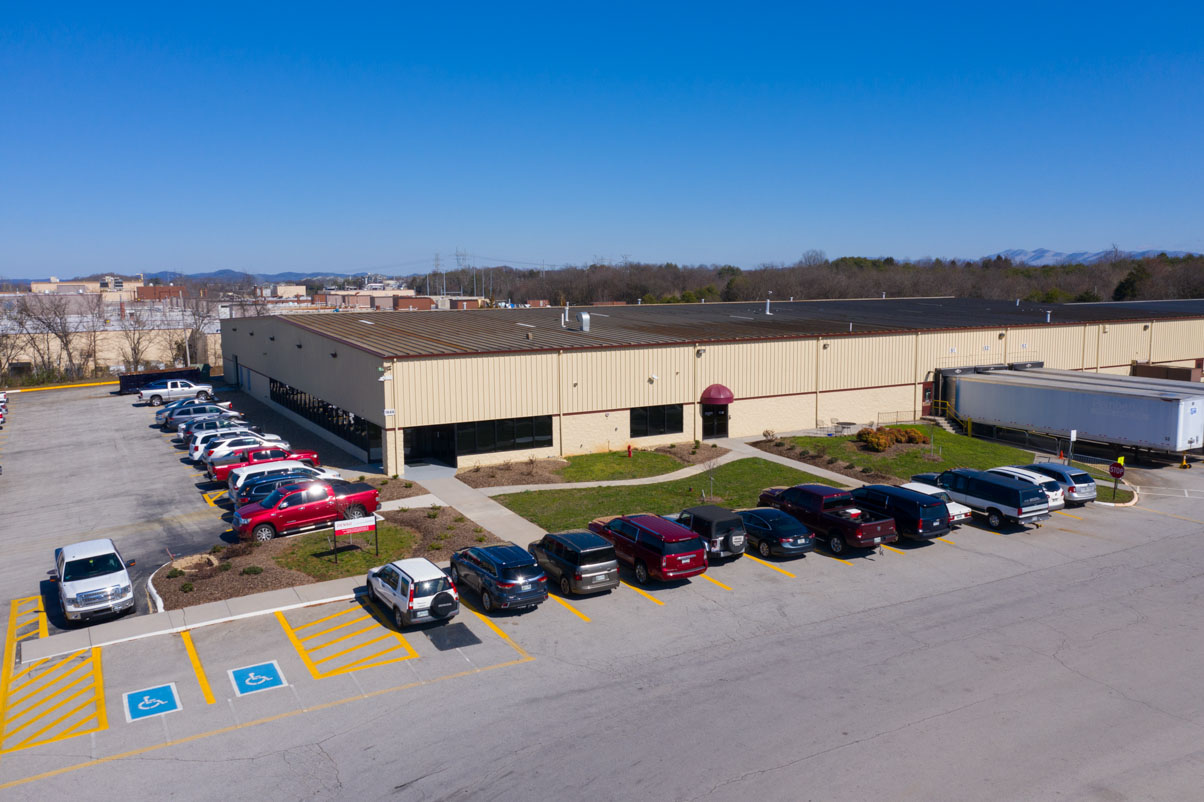10. When the Going Gets Tough, DENSO Associates Get Creative

“Everybody was hoarding up warehouse space while I was trying to hoard up warehouse space.”
Jason Hardin, Senior Manager, DENSO Manufacturing Tennessee (DMTN) Warehouse Operations, said he “definitely has more gray in my hair” since 2020 when the COVID pandemic caused unforeseen supply chain kinks in DENSO’s warehousing operations.

As COVID restrictions began to unfold, Hardin said “none of us knew what to expect. I thought in a week or two, the pandemic would be over, and we’d be coming back to normal. But then the customers stopped ordering parts from us.”
“In normal business, you have some ups and downs, but things are pretty stable. We never imagined a situation like this. It’s like, the customers aren’t building, so WHAT do we do with all this stuff,” he said, chuckling.
“We had 20 weeks’ worth of component parts still coming to DENSO from all over the world and needed to find space to store them. So we needed more warehouse space, quickly,” he said.
In order to expand the existing warehouse space, Hardin and his team began inquiries within a 5-100 mile radius of DENSO.
“Every day, our team met multiple times to review warehouse space and inventory needs and try to forecast the demand for space. Up to this point, we’d never before had to go searching for property. We scoured the internet and looked for everything available to us. Luckily, when the ports were shut down, our inventory sat on the ships a while longer, so that bought us a little more time,” he said.
“Basically, our warehouse needs went from two rentals in 2019 totaling 100,000 square feet, to 300,000 square feet with five rentals in 2020, to 525,000 square feet within six rentals by 2022,” Hardin said.
He said his team’s goal was “to find the biggest warehouse we could possibly find and absorb all the fluctuation we could. We had to acquire a couple different locations, but DENSO knew it was a moving target and that we could not forecast how much space we’d need or when we’d start normalizing. We focused on flexibility and patience.”
Normal shipping and inventory practices suddenly became more fluid, Hardin said, such as FIFO (first in, first out), an inventory valuation method that assumes the first goods purchased or produced are sold or used first … so that the oldest inventory gets shipped out to customers before newer inventory. And through it all, Hardin said he and his team “were just trying to get it done, dealing with the new realities and the policy of change.”
“There seemed to be some new crisis every day that we’d have to deal with. There were the questions of where do you put the inventory and how can you get it back as you need it,” he said.
He said DENSO’s problem-solving processes, such as the PDCA (Plan Do Check Act) approach, “worked really well to help us use creativity and foresight during this time. When you have a problem, you find a solution and run it through the PDCA cycle,” Hardin said.
“I’m proud of the way our team reacted, staying calm through all the change. They kept looking for the next best solution, again and again,” he said.
“And I’m proud that I work with people who consider obstacles to be a challenge and use a ‘never give up’ approach.”